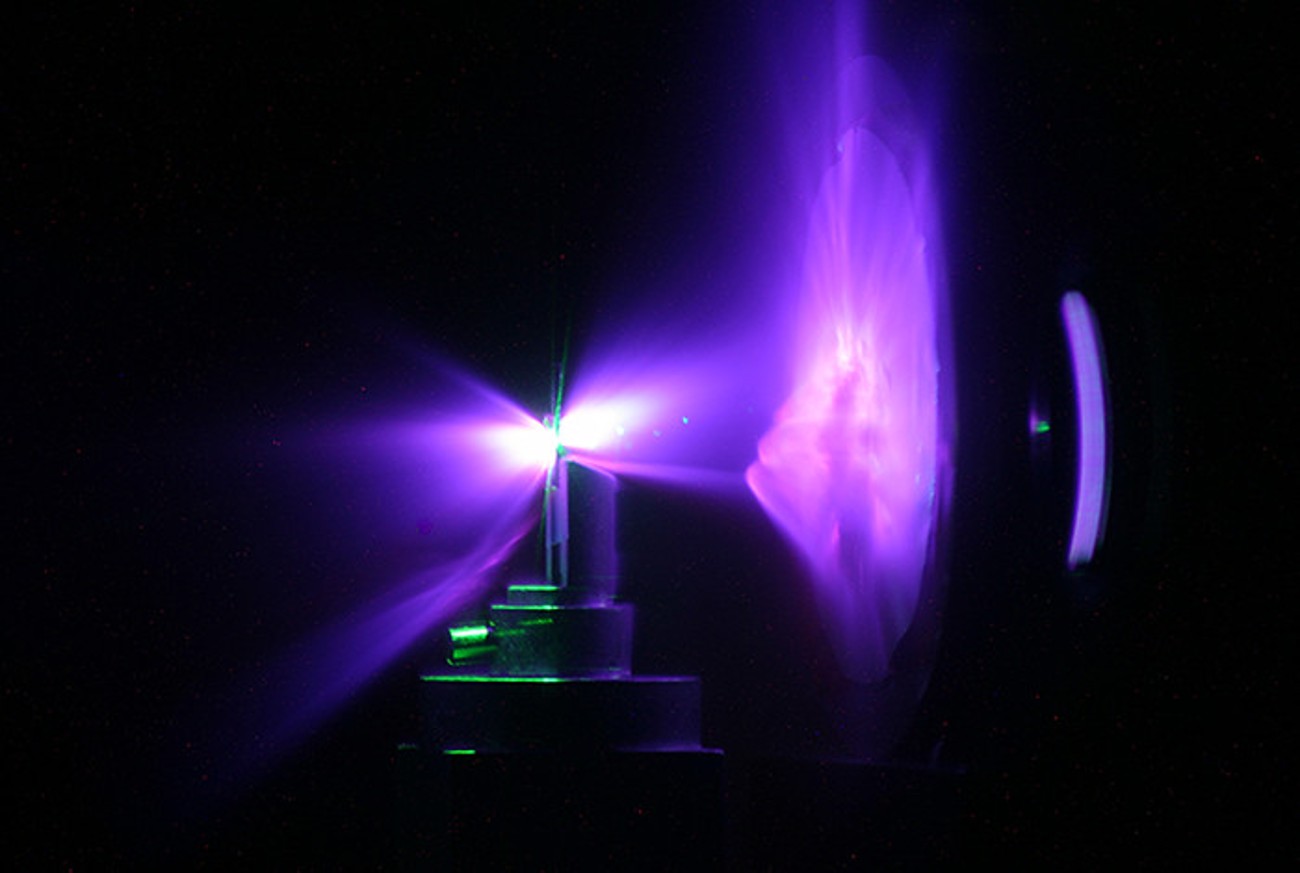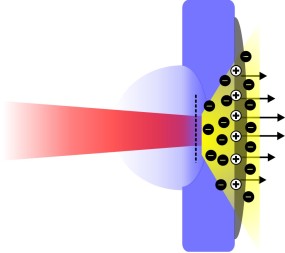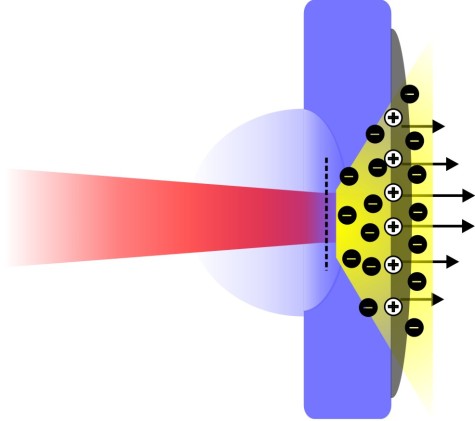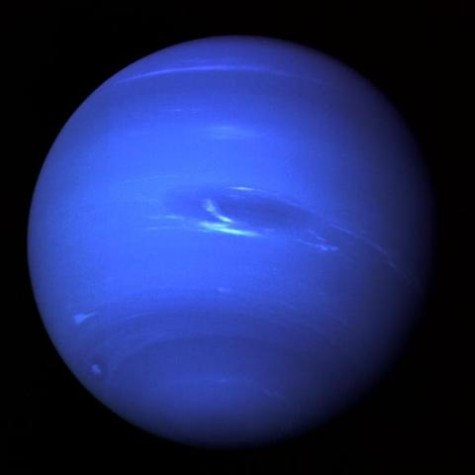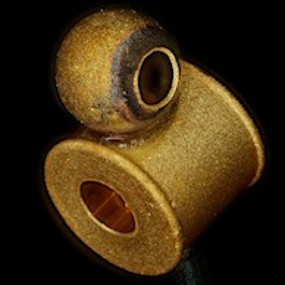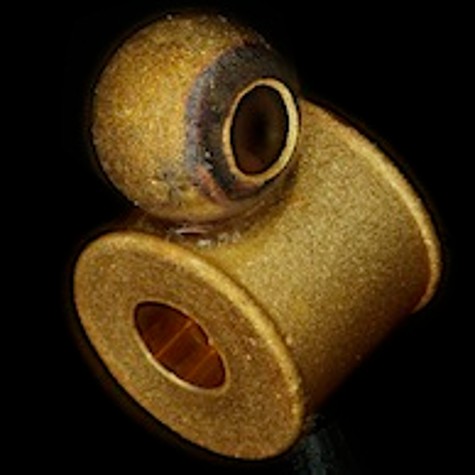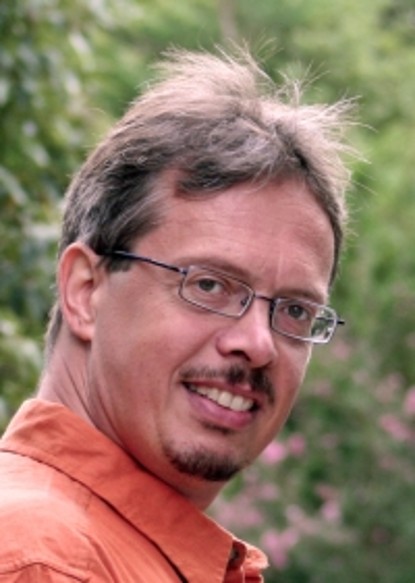The physical processes in this field are not yet fully understood and there are still many open questions to be explored in theory and experiment. To answer these interesting questions, our group works in the field of high power laser development and operates an internationally recognized target laboratory which is also relevant for a variety of other research fields.
Our group has a strong international network and works at the leading research facilities in this field. For that purpose, we regularly perform experiments on laser systems such as NHELIX and PHELIX at GSI, in the development of which our group plays a major role. Other systems include the Central Laser Facility (CLF) at the Rutherford Appleton Laboratory (RAL), the DRACO laser at the Helmholtz Zentrum Dresden Rossendorf (HZDR), the laser systems at the Extreme Light Infrastructure (ELI), the OMEGA laser at the Laboratory for Laser Energetics (LLE) at the University of Rochester (NY), the VEGA laser at the Centro de Láseres Pulsados, and the Z-PETAWATT at Sandia National Laboratories.
Our group maintains close relationships with national and international partners. This is reflected in numerous joint master's and PhD theses, e.g. with DLR, University of Bordeaux, Lawrence Berkeley National Laboratory, Stanford Linear Coherent Light Source (LCLS) of Stanford University and many other research institutions.
Members of our group are regularly present at international conferences to present and discuss their results.
-
![]()
![]()
Energy Loss in Plasmas
Researching the interaction of fast ions in dense plasmas.
-
![]()
![]()
Laser-Ion-Acceleration
Are lasers the future for Ion-Accelerators?
-
![]()
![]()
Laser-Neutron-Sources
Development of neutron sources driven by lasers.
-
![]()
![]()
Warm Dense Matter
What are the states of matter in Neptune and Uranus?
-
![]()
![]()
Target Development
Designing and building targets for our own experiments.
-
![]()
![]()
Diagnostics
Laser development for plasma- and ion diagnostics

